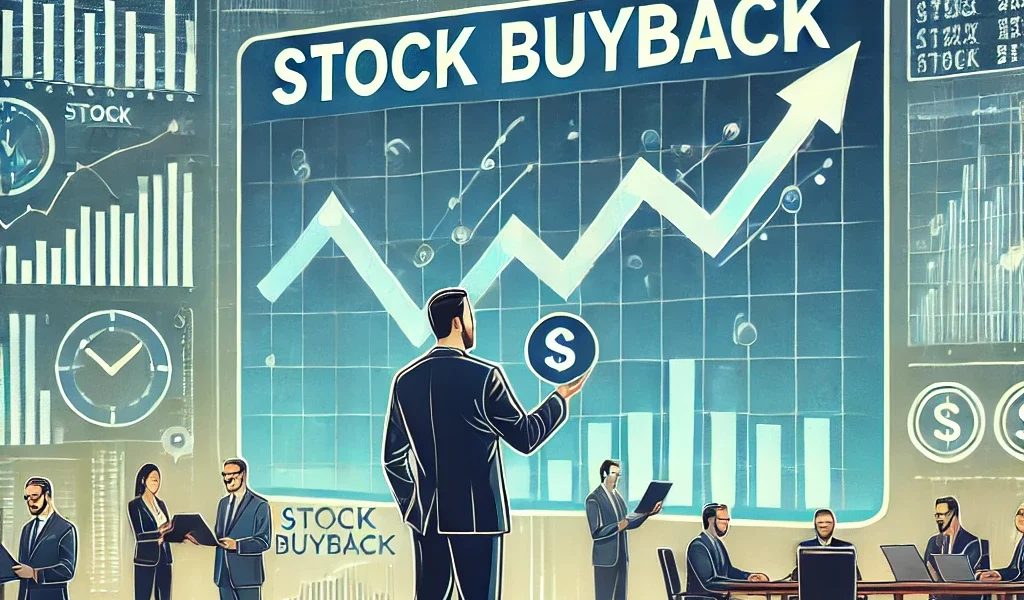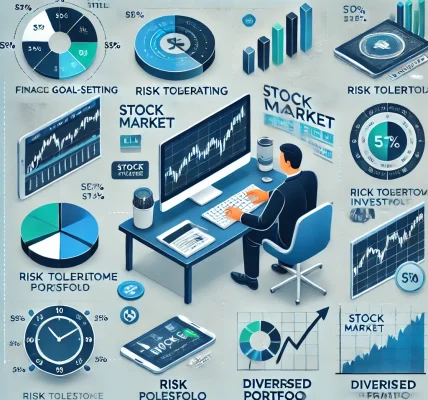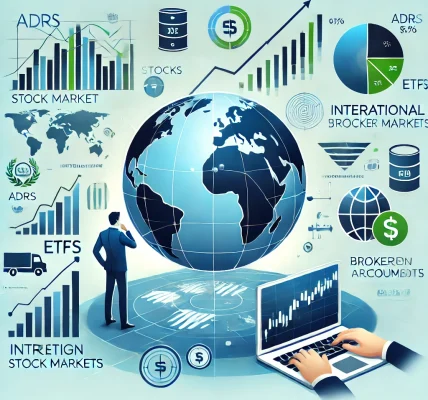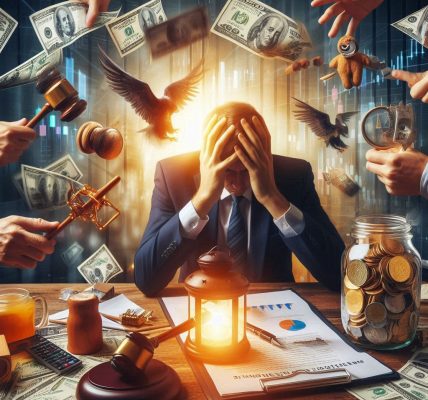Introduction
Stock buybacks, also known as share repurchases, have become a hot topic in the financial world. Companies use buybacks as a strategy to return capital to shareholders, boost earnings per share (EPS), and enhance stock prices. While buybacks can create value for investors, they also attract scrutiny from regulators and market analysts.
In this blog, we will explore what stock buybacks are, how they impact investors and share prices, the advantages and disadvantages of buybacks, and their regulatory implications.
What Are Stock Buybacks?
A stock buyback occurs when a company repurchases its own shares from the open market or directly from shareholders. By doing so, the company reduces the total number of outstanding shares, effectively consolidating ownership and distributing profits among a smaller group of shareholders.
Buybacks can be executed in two primary ways:
- Open Market Repurchases – The company buys shares from the stock market over time at prevailing market prices.
- Tender Offers – The company offers to repurchase shares directly from shareholders at a predetermined price.
How Stock Buybacks Impact Investors
1. Increase in Earnings Per Share (EPS)
By reducing the number of shares outstanding, stock buybacks increase EPS, which can make a company’s financial performance appear stronger. Investors often use EPS as a key metric to evaluate a company’s profitability.
2. Potential Stock Price Appreciation
Buybacks create demand for shares, which can drive up stock prices in the short term. When a company announces a buyback, it signals confidence in its future performance, often leading to a positive reaction from the market.
3. Enhanced Return on Investment (ROI)
Investors who hold onto their shares benefit from the increased value per share post-buyback. This can result in higher capital gains and dividends in the long run.
4. Reduction in Dividend Payments
Since there are fewer outstanding shares after a buyback, the company might distribute dividends among fewer shareholders. This can increase dividend per share, benefiting long-term investors.
How Stock Buybacks Impact Share Prices
1. Short-Term Price Surge
Buybacks create an immediate demand for shares, leading to a temporary rise in stock prices. Many traders capitalize on this price movement for short-term gains.
2. Long-Term Valuation Effects
While buybacks can push stock prices higher, their long-term impact depends on the company’s financial health and market conditions. A well-executed buyback strategy can support sustained growth, but if done irresponsibly, it can harm future performance.
3. Market Sentiment and Perception
Investors perceive buybacks as a sign of confidence, assuming that the company believes its stock is undervalued. This perception can lead to increased investor interest and positive momentum.
Advantages of Stock Buybacks
1. Optimized Capital Allocation
Buybacks allow companies to deploy excess cash efficiently, instead of hoarding cash reserves or investing in less profitable ventures.
2. Tax Efficiency
Unlike dividends, which are subject to immediate taxation, stock buybacks provide investors with an indirect way to realize capital gains, which are often taxed at a lower rate.
3. Flexibility Compared to Dividends
Unlike dividends, which investors expect regularly, buybacks provide companies with more flexibility in distributing capital without setting long-term expectations.
Disadvantages of Stock Buybacks
1. Can Mask Poor Financial Performance
Companies may use buybacks to artificially inflate EPS instead of focusing on organic growth and profitability. This can mislead investors about the true financial health of the company.
2. Opportunity Cost
The funds used for buybacks could have been invested in research and development (R&D), acquisitions, or other business expansions. If a company prioritizes buybacks over growth initiatives, it may hinder future earnings potential.
3. Risk of Mispricing
If a company repurchases its shares when they are overvalued, it essentially wastes shareholder funds. Poor timing can result in significant losses.
Regulatory Considerations and Legal Implications
Stock buybacks are subject to regulations to prevent market manipulation and protect investor interests. In the United States, the Securities and Exchange Commission (SEC) monitors buybacks under Rule 10b-18, which outlines conditions companies must follow to avoid allegations of stock price manipulation.
Key legal concerns include:
- Insider Trading Risks – If executives repurchase shares based on non-public information, it may be considered illegal insider trading.
- Market Manipulation – Excessive buybacks designed to inflate share prices can attract regulatory scrutiny.
- Corporate Governance Issues – Some critics argue that buybacks prioritize short-term gains over long-term business sustainability, potentially harming shareholders in the long run.
Conclusion
Stock buybacks play a crucial role in modern financial markets, offering benefits such as increased EPS, stock price appreciation, and capital efficiency. However, they also pose risks, including potential financial mismanagement, market manipulation, and missed investment opportunities.
Investors should evaluate buybacks within the broader context of a company’s financial strategy. A well-planned buyback can create significant value, while a poorly executed one may harm shareholder interests. Regulatory oversight remains essential to ensuring fair market practices and protecting investors from potential misuse of buybacks.
Before making investment decisions, it is crucial for investors to conduct thorough research and consider both the short-term and long-term implications of stock buybacks. By understanding the dynamics of share repurchases, investors can make informed choices that align with their financial goals.




